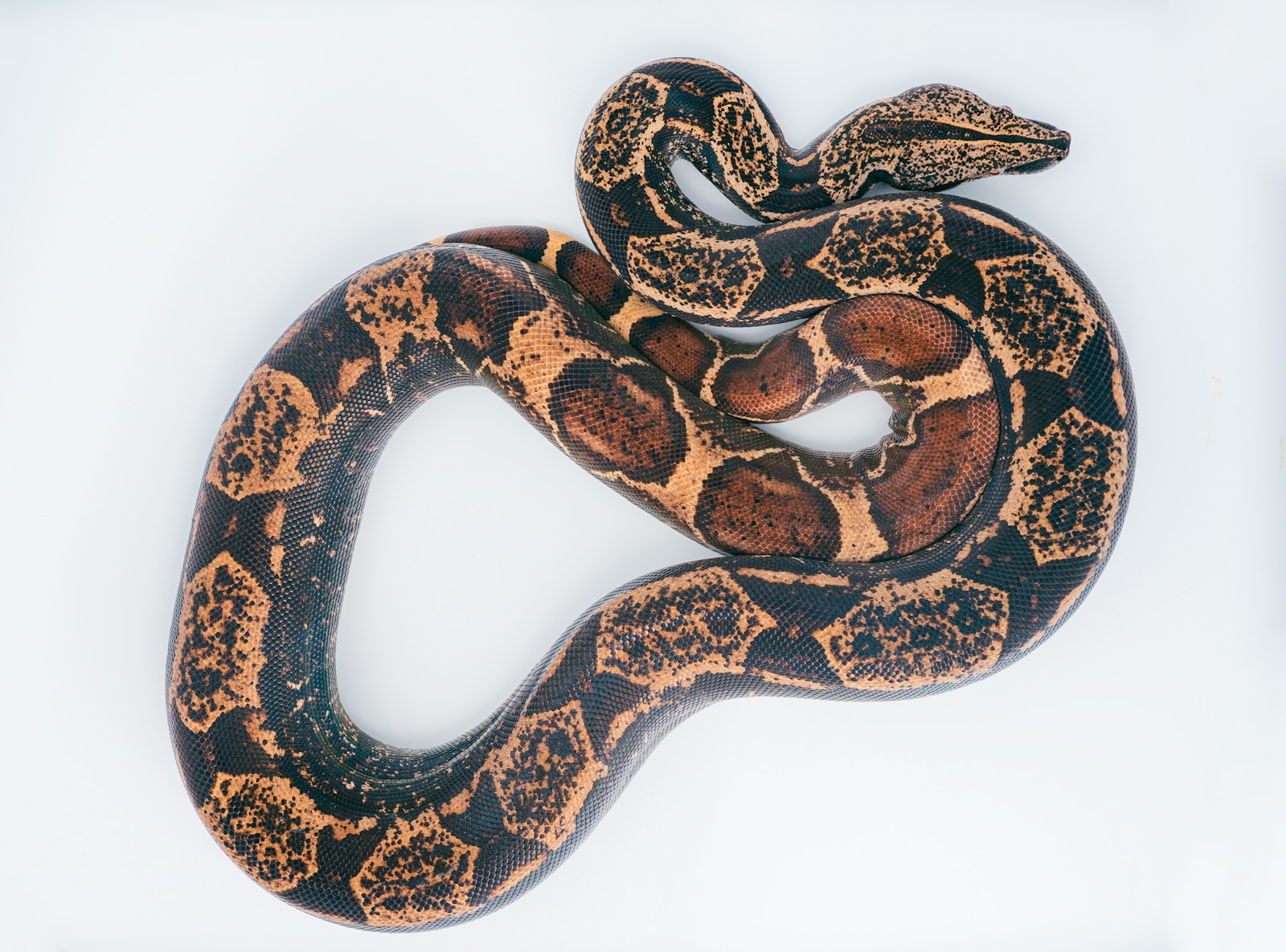In the mysterious world of serpents, not all snakes are created equal. While all possess remarkable adaptations that make them formidable predators, some species have evolved extraordinary sensory capabilities that seem almost supernatural. Among these special adaptations are heat-sensing pits—specialized organs that allow certain snakes to detect infrared radiation emitted by warm-blooded prey, essentially giving them “thermal vision.” This remarkable adaptation isn’t universal among snakes, creating a fascinating divide in the serpent world. Why do some snakes possess these heat-sensing superpowers while others rely solely on more conventional senses? The answer lies in a complex interplay of evolutionary pressures, habitat requirements, and hunting strategies that have shaped different snake lineages over millions of years.
The Remarkable Heat-Sensing Mechanism
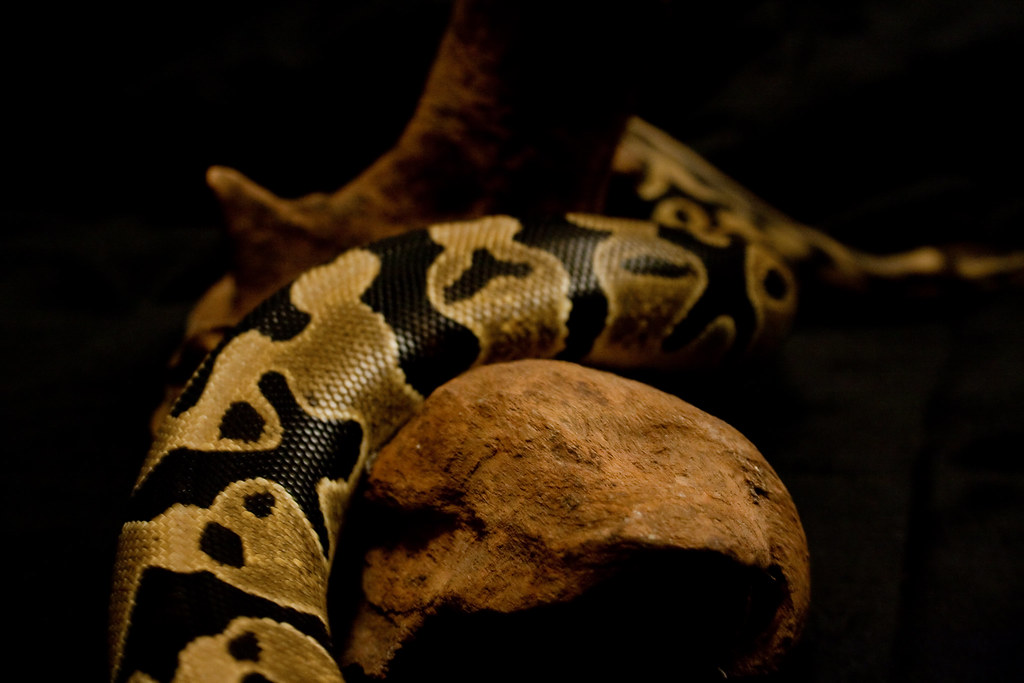
Heat-sensing pits are specialized organs located between a snake’s eyes and nostrils that can detect infrared radiation emitted by warm-blooded animals. These remarkable structures contain thousands of heat-sensitive receptors that can detect temperature differences as small as 0.003 degrees Celsius. The pit organs essentially function as a biological infrared camera, creating a thermal image that the snake’s brain processes alongside visual information. This incredible adaptation allows pit vipers and pythons to hunt effectively in complete darkness, giving them a significant advantage when pursuing warm-blooded prey like mammals and birds. What makes this ability particularly remarkable is that it represents a completely different sensory modality from the traditional five senses recognized in most vertebrates.
Which Snake Families Have Heat-Sensing Pits?
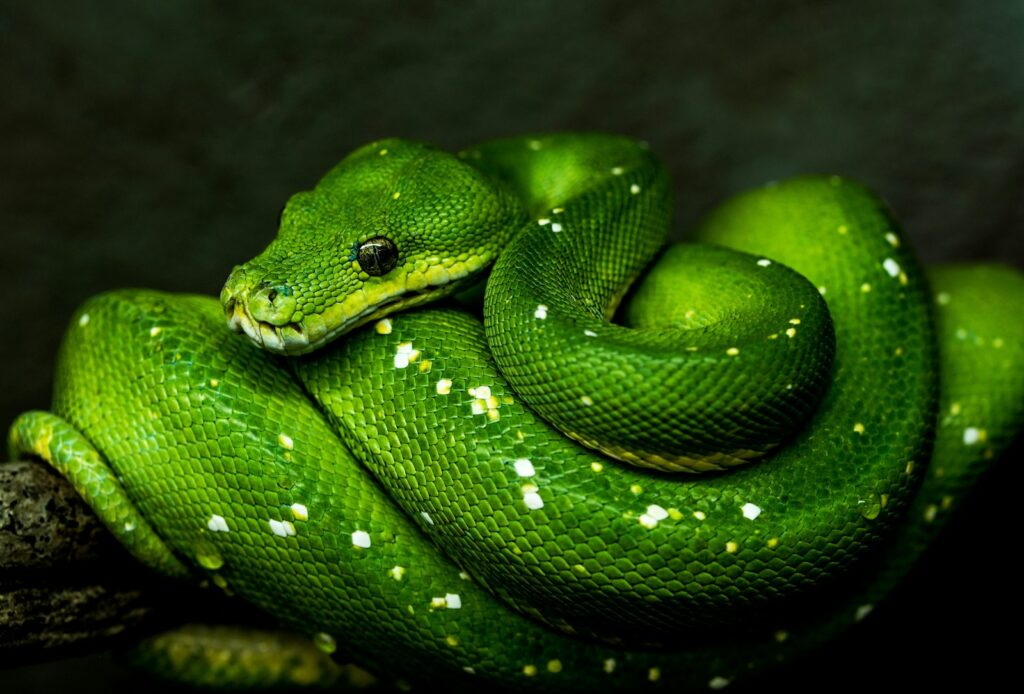
Heat-sensing pits are found primarily in two major snake families: Viperidae (pit vipers) and Pythonidae (pythons), plus the Boidae family (boas) to a lesser extent. Pit vipers include rattlesnakes, cottonmouths, copperheads, and many Asian vipers, all characterized by their distinctive facial pits. Pythons possess similar heat-sensing organs, though theirs are typically arranged as multiple smaller pits along their lips rather than the single large pit on each side of the head seen in pit vipers. Some boas also possess heat-sensitive labial pits, though their sensitivity isn’t quite as acute as those found in pythons and pit vipers. Remarkably, these heat-sensing adaptations evolved independently in these families, representing an excellent example of convergent evolution—where similar traits evolve separately in response to similar environmental pressures.
The Evolutionary Advantage of Thermal Detection
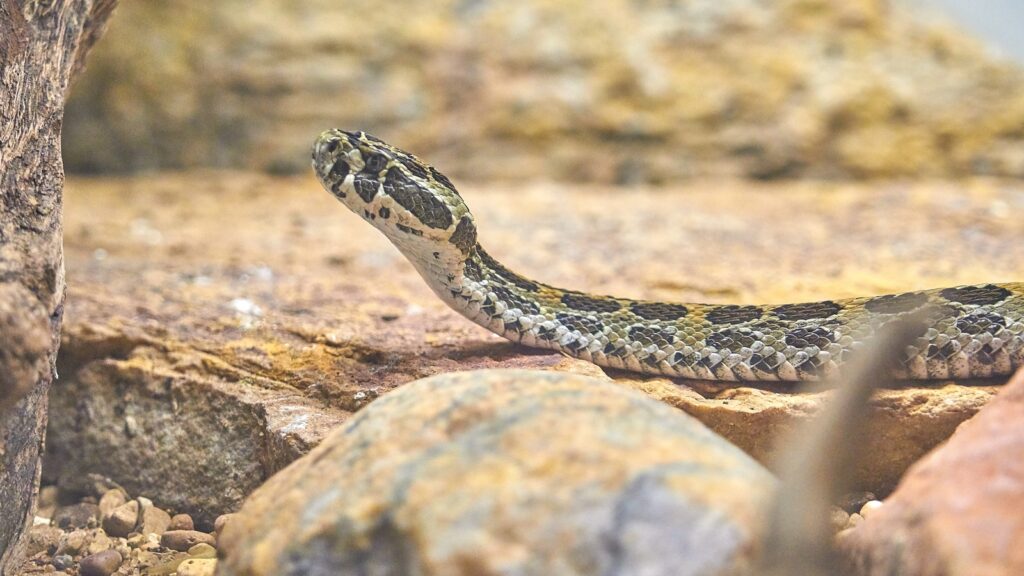
Heat-sensing capabilities provide snakes with several significant survival advantages in their environments. First and foremost, they allow for precise hunting in complete darkness or dense vegetation where visual cues are limited. This nocturnal hunting advantage is crucial since many mammals are most active at night when visual predators are at a disadvantage. Heat-sensing also enables these snakes to locate prey that might be hidden in burrows, tree hollows, or under debris—places where scent or vision would be ineffective. Additionally, thermal detection helps these predators make more accurate strikes when hunting, improving their success rate and energy efficiency. For venomous pit vipers, this precision is particularly important since they typically rely on a single, well-placed strike followed by tracking their prey as it succumbs to venom, rather than prolonged physical struggles that might risk injury.
The Complex Structure of Pit Organs
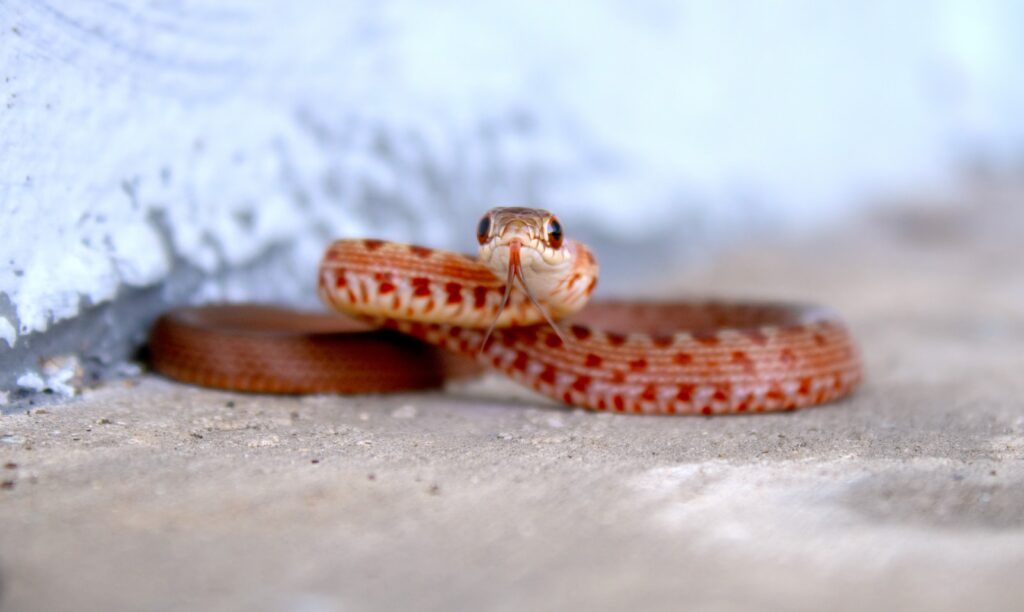
The heat-sensing pit is a marvel of biological engineering that functions similarly to a pinhole camera for infrared radiation. In pit vipers, each facial pit consists of an outer and inner chamber separated by a thin, highly innervated membrane that’s richly supplied with blood vessels and sensory nerve endings. This membrane contains thousands of TRPA1 receptors that are exquisitely sensitive to infrared radiation, converting thermal energy into neural signals. The structure of the pit creates a temperature differential across the membrane when infrared radiation enters, allowing the snake to detect the direction of the heat source. The neural signals from these pits travel to the brain’s optic tectum—the same region that processes visual information—allowing the snake to create a combined thermal-visual image of its surroundings. This integration of sensory information creates a more complete representation of the environment than either sense could provide alone.
Why Most Snakes Lack Heat-Sensing Pits
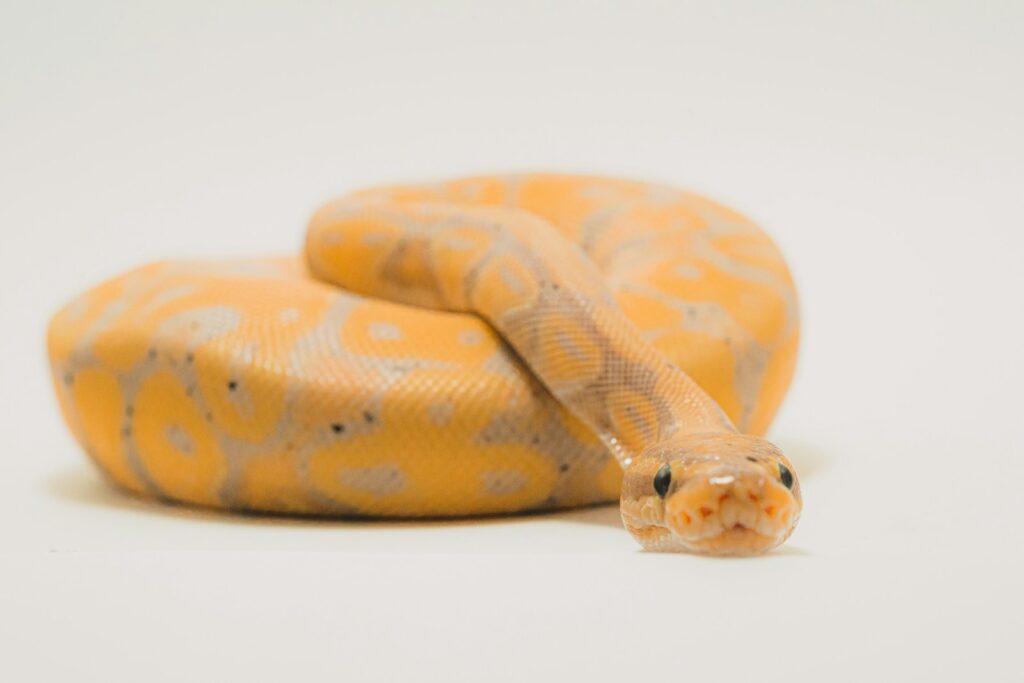
The majority of the world’s approximately 3,900 snake species lack specialized heat-sensing pits, relying instead on other sensory modalities to locate and capture prey. For these species, heat detection wouldn’t provide enough evolutionary benefit to justify the biological cost of developing and maintaining such specialized organs. Most non-pit snakes have evolved efficient hunting strategies that don’t require thermal detection—for instance, many colubrid snakes are active daytime hunters with excellent vision, while others are specialized for detecting ground vibrations or chemical cues. Species that primarily hunt cold-blooded prey like fish, amphibians, or other reptiles would gain little advantage from heat-sensing, as their prey doesn’t emit significant infrared radiation. Additionally, the development of specialized sensory structures requires genetic adaptations, energy investment, and physical space in the head region—resources that in many snake lineages have been directed toward other advantageous traits.
The Role of Habitat in Heat-Sensing Evolution
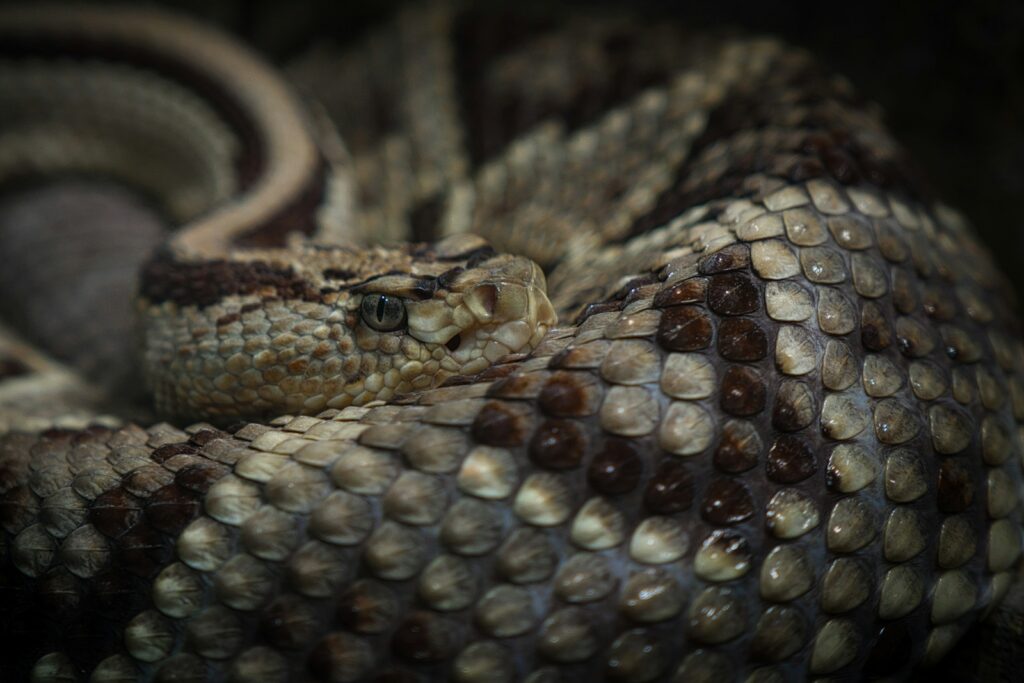
The environmental conditions in which snakes evolved played a crucial role in determining which lineages developed heat-sensing capabilities. Pit vipers and pythons typically evolved in habitats where hunting in darkness or limited visibility conditions provided a significant advantage. Many pit vipers originated in densely forested regions of Asia and the Americas where ground cover is thick and nocturnal hunting is advantageous. Similarly, pythons evolved primarily in the forests and grasslands of Africa, Asia, and Australia where detecting warm-blooded prey in complex visual environments would be beneficial. Snakes that evolved in open habitats with good visibility and abundant daylight, like many elapids (cobras, mambas) and colubrids, developed excellent vision instead of thermal detection. The geographical distribution of heat-sensing snakes suggests that this trait evolved in response to specific ecological niches where detecting infrared radiation provided a critical edge in the competition for resources.
Differences Between Python and Pit Viper Heat Sensing
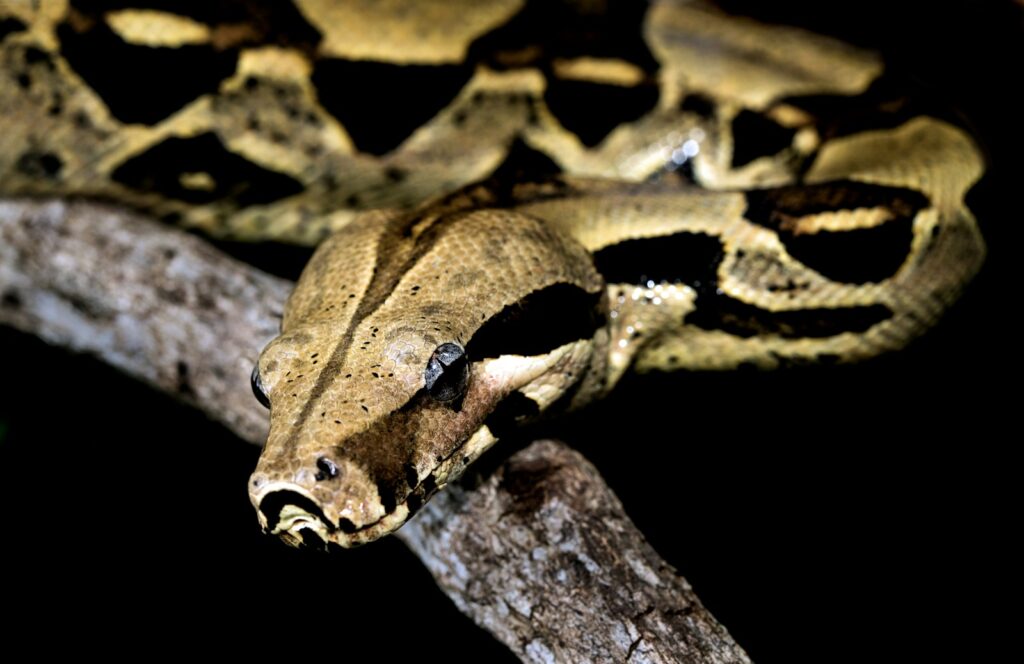
While both pythons and pit vipers possess heat-sensing capabilities, their structures and arrangements differ significantly, reflecting their independent evolutionary origins. Pit vipers have a single, relatively large pit organ between each eye and nostril, creating a highly directional sensing system that provides precise information about prey location. Pythons, in contrast, have multiple smaller labial pits arranged along their upper and sometimes lower lips, creating a broader but somewhat less directional heat-detecting field. The neural pathways and brain processing also differ between these groups—pit viper thermal information is processed in ways that more closely integrate with visual information. These differences in structure and neural processing reflect the different evolutionary paths these two groups followed while arriving at similar sensory solutions. Despite these structural differences, both systems allow remarkably similar functional capabilities, demonstrating how different evolutionary pathways can lead to comparable adaptive outcomes.
The Molecular Basis of Heat Detection
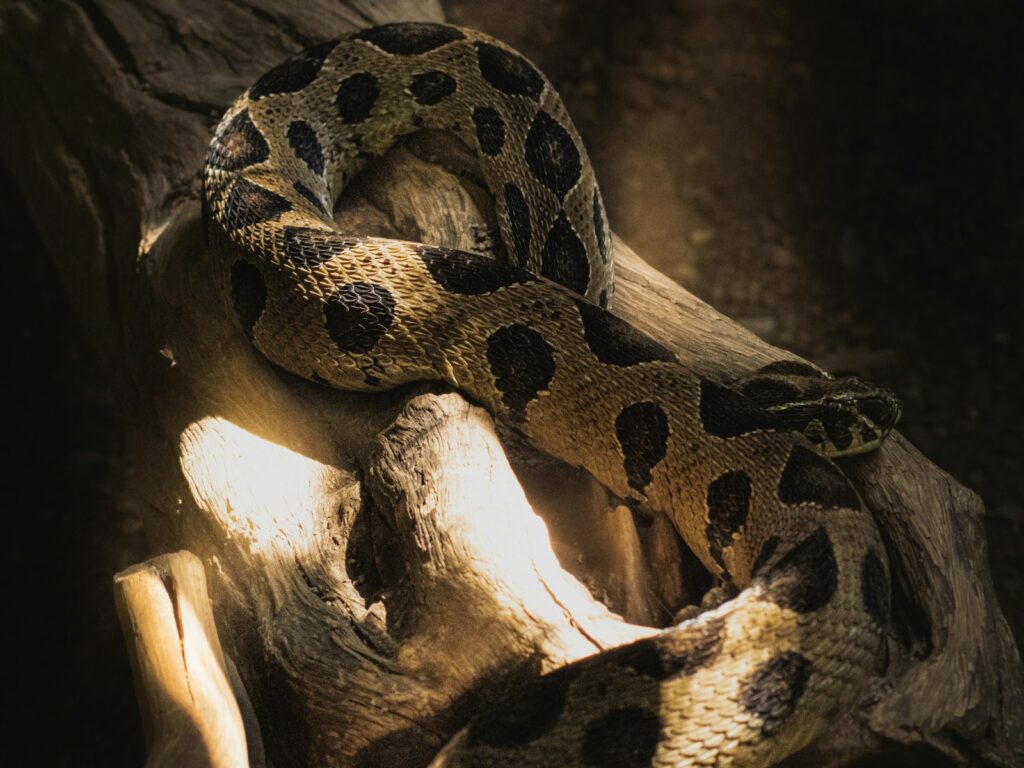
The ability to sense infrared radiation depends on specialized molecular mechanisms involving temperature-sensitive ion channels in the membranes of sensory nerve cells. The primary molecular player in snake heat detection is the TRPA1 (transient receptor potential ankyrin 1) channel—a protein that opens in response to temperature changes, allowing ions to flow and generating nerve signals. What makes pit-bearing snakes special is that their TRPA1 channels have undergone evolutionary modifications that dramatically lower the temperature threshold for activation, making them sensitive to infrared radiation at body temperature. Research has shown that the TRPA1 channels in pit vipers and pythons evolved these properties independently through different genetic mutations that produced similar functional results. This molecular convergence is particularly fascinating because it shows how different genetic pathways can lead to similar adaptations when subjected to similar selective pressures over evolutionary time.
Heat Sensing Beyond Snakes
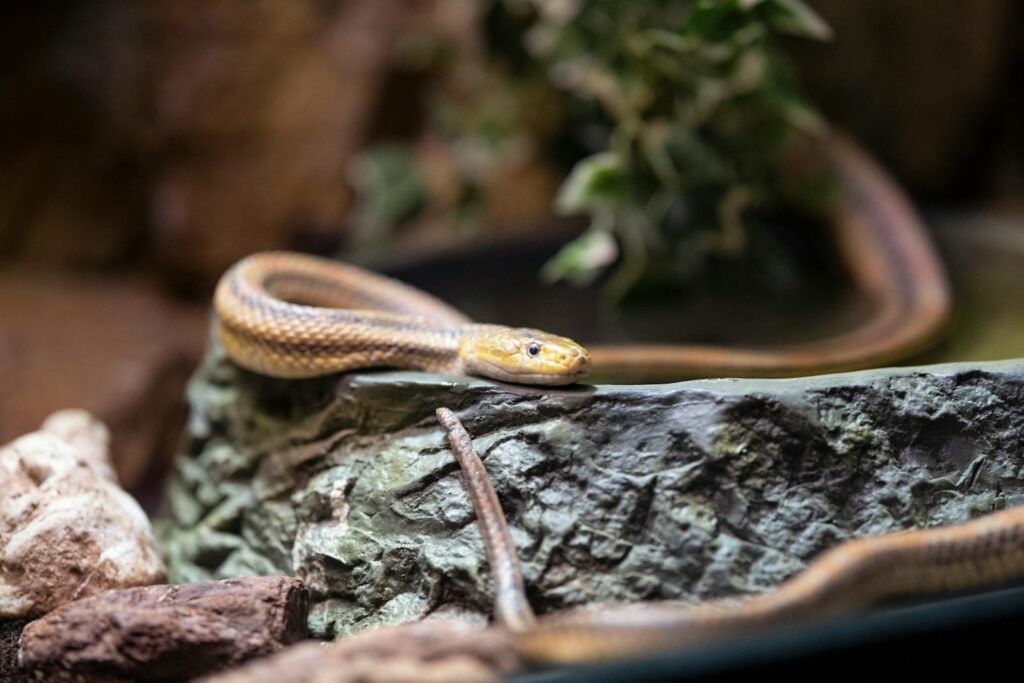
While snakes have the most advanced infrared detection systems among vertebrates, they’re not the only animals that can sense thermal radiation. Certain beetles in the genus Melanophila can detect forest fires from kilometers away using specialized infrared receptors, allowing them to locate freshly burned wood for breeding. Vampire bats possess heat-sensitive receptors around their noses that help them locate blood vessels near the surface of their prey’s skin. Among non-snake reptiles, the Australian fire-chaser beetles have infrared sensors that detect heat from brushfires. Perhaps most similar to snakes, certain species of boid lizards have evolved heat-sensitive pit organs analogous to those in snakes. The repeated evolution of heat-sensing across different animal groups demonstrates the significant adaptive advantage this sensory modality can provide in specific ecological contexts, though none have developed the sophistication of the systems found in pit vipers and pythons.
Hunting Strategies of Heat-Sensing Snakes
Heat-sensing snakes employ distinctive hunting strategies that take full advantage of their thermal detection capabilities. Rather than active pursuit, most pit vipers are ambush predators that position themselves strategically along game trails or near rodent burrows, remaining motionless until prey approaches. When a warm-blooded animal comes within range, the snake can precisely track its movements even in complete darkness, striking with remarkable accuracy. After the initial venomous bite, pit vipers can follow the infrared trail of their dying prey, which often runs some distance before succumbing to the venom. Pythons use their heat-sensing differently—typically as close-range guidance systems during the final approach to prey, allowing them to strike accurately at vital areas even when visual cues are limited. Both groups can coordinate their attacks with extraordinary precision, targeting the most vulnerable parts of prey animals and minimizing the risk of injury from defensive responses.
The Limitations of Heat Sensing
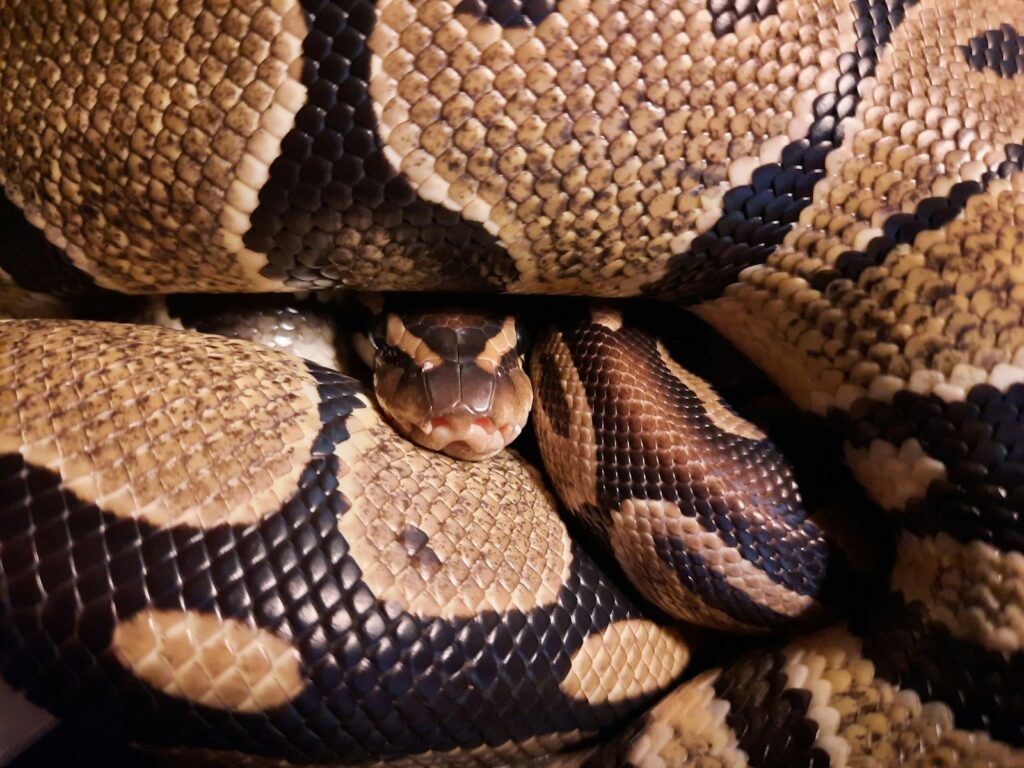
Despite its impressive capabilities, heat sensing has significant limitations that explain why it hasn’t become universal among snakes. The most obvious limitation is range—even the most sensitive pit organs can only detect infrared radiation effectively within about one meter, making them close-range sensory systems rather than distance detectors. Heat sensing is also less effective for detecting cold-blooded prey like frogs, lizards, or fish, which have body temperatures close to their surroundings. Environmental conditions can impact effectiveness too—in very hot environments where background temperatures approach prey body temperatures, the thermal contrast that pit organs detect is reduced. Additionally, maintaining these specialized sensory structures requires biological resources that could otherwise be allocated to other functions. These limitations help explain why many successful snake species rely instead on vision, chemoreception (smell/taste), or vibration detection as their primary hunting senses—these alternatives provide better all-around performance across diverse hunting scenarios.
Conservation Implications for Heat-Sensing Species
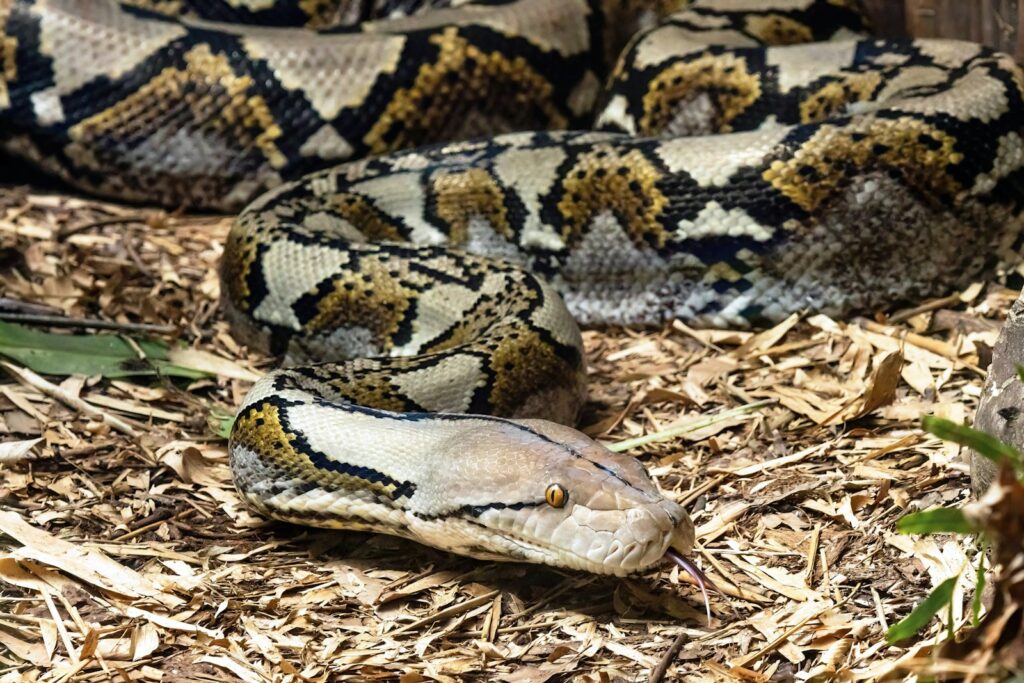
Many heat-sensing snake species face significant conservation challenges in the modern world, with potential implications for their specialized sensory adaptations. Habitat destruction particularly threatens specialized hunters like pit vipers and pythons, as their hunting strategies are often adapted to specific environmental conditions. Climate change presents another potential threat, as rising temperatures could reduce the thermal contrast between prey and environment that these snakes depend on for hunting. Additionally, certain human activities like artificial lighting and heat sources can potentially confuse or disrupt thermal detection systems. Conservation efforts for these species must consider their specialized sensory requirements and hunting strategies when designing protected areas or reintroduction programs. Understanding the ecological importance of these remarkable predators—many of which control rodent populations that can damage crops or spread disease—provides additional motivation for ensuring their survival despite human encroachment on their habitats.
Future Research Directions

The remarkable heat-sensing capabilities of certain snakes continue to inspire scientific research across multiple disciplines. Biomimetic engineers are studying pit organ structure to develop more sensitive and energy-efficient infrared sensors for applications ranging from night vision technology to medical imaging. Neuroscientists are investigating how snake brains integrate thermal and visual information, which could provide insights into sensory processing and multisensory integration in vertebrate brains more broadly. Evolutionary biologists continue exploring the genetic basis of convergent evolution in heat sensing, using modern genomic tools to identify precisely how different snake lineages independently evolved similar capabilities. Climate change researchers are monitoring whether changing thermal landscapes might affect the hunting efficiency of heat-sensing snakes, potentially altering ecosystem dynamics. As technology advances, we can expect even deeper insights into these remarkable sensory systems and their potential applications in various fields from medicine to environmental monitoring.
In conclusion, the presence or absence of heat-sensing pits among snakes represents a fascinating example of specialized sensory adaptation that has evolved independently in different lineages. These remarkable organs give certain snakes an extraordinary advantage in specific hunting scenarios, particularly when pursuing warm-blooded prey in low-light conditions. However, the majority of snake species have found equally successful evolutionary pathways without developing thermal detection, instead refining other senses that better suit their particular ecological niches. This diversity of sensory adaptations reminds us of the incredible variety of solutions that evolution can produce in response to similar challenges. As we continue to study these remarkable creatures, we not only gain insights into the natural world but also potential inspiration for human technologies that might mimic these extraordinary biological innovations.

